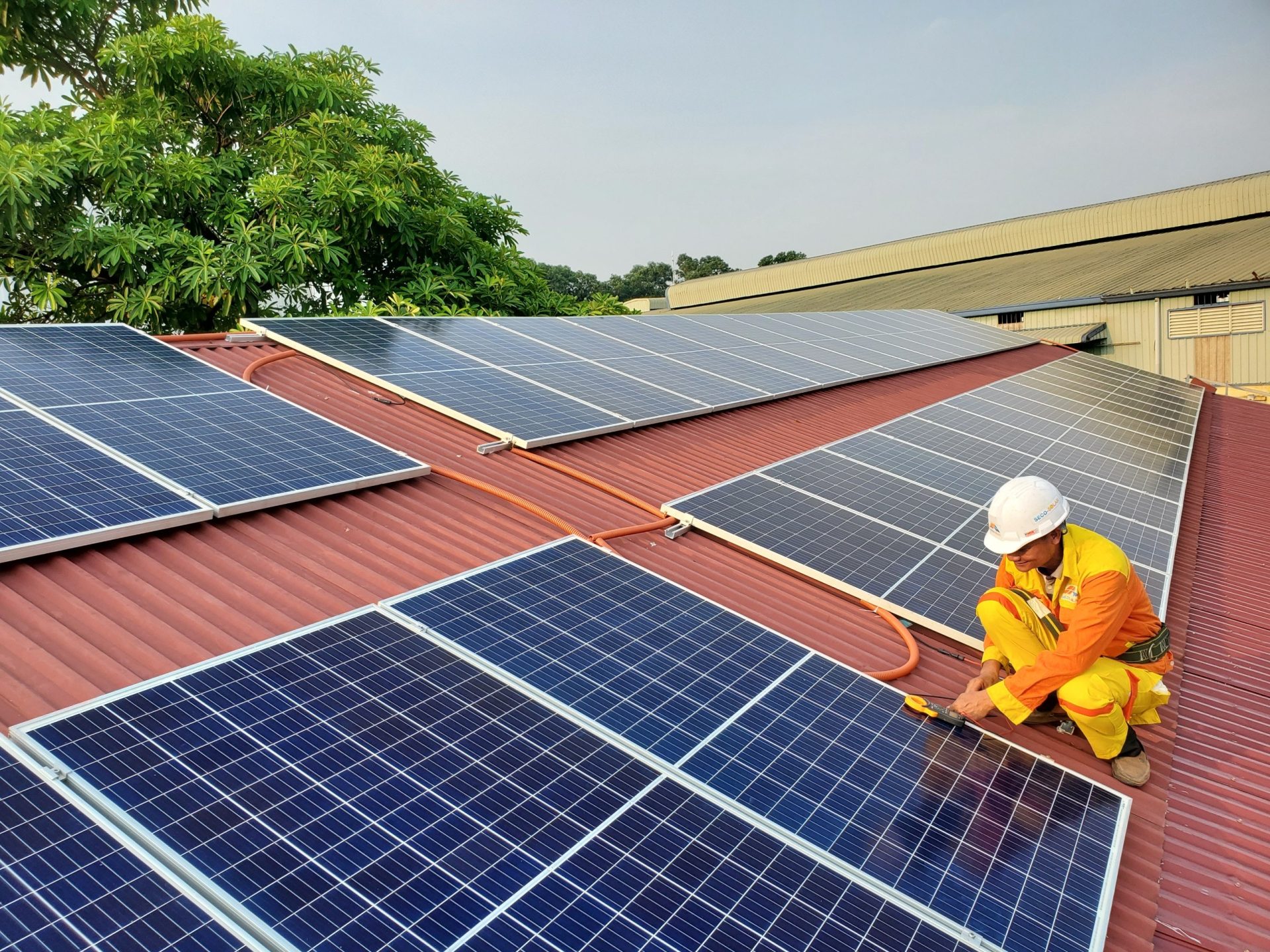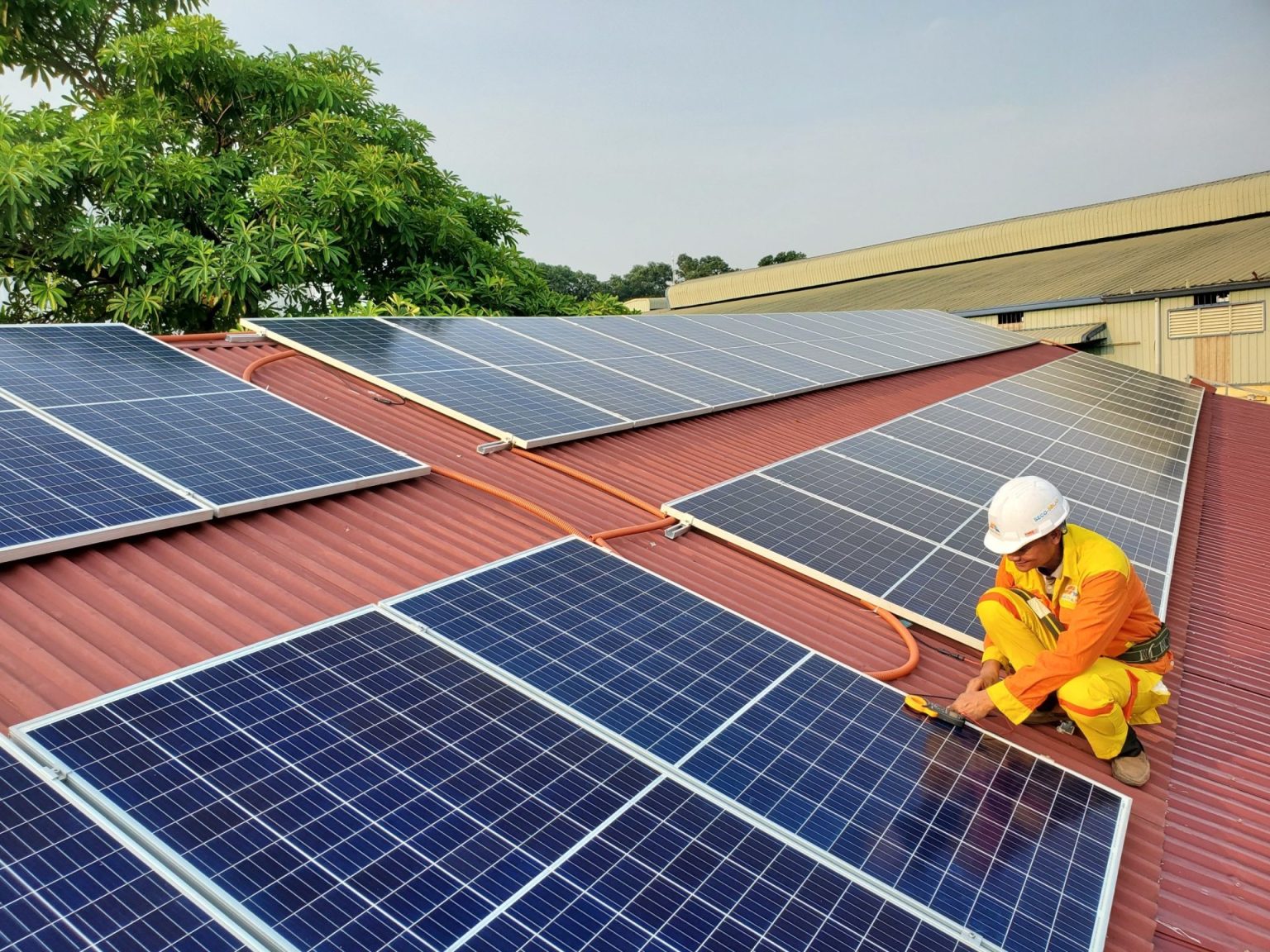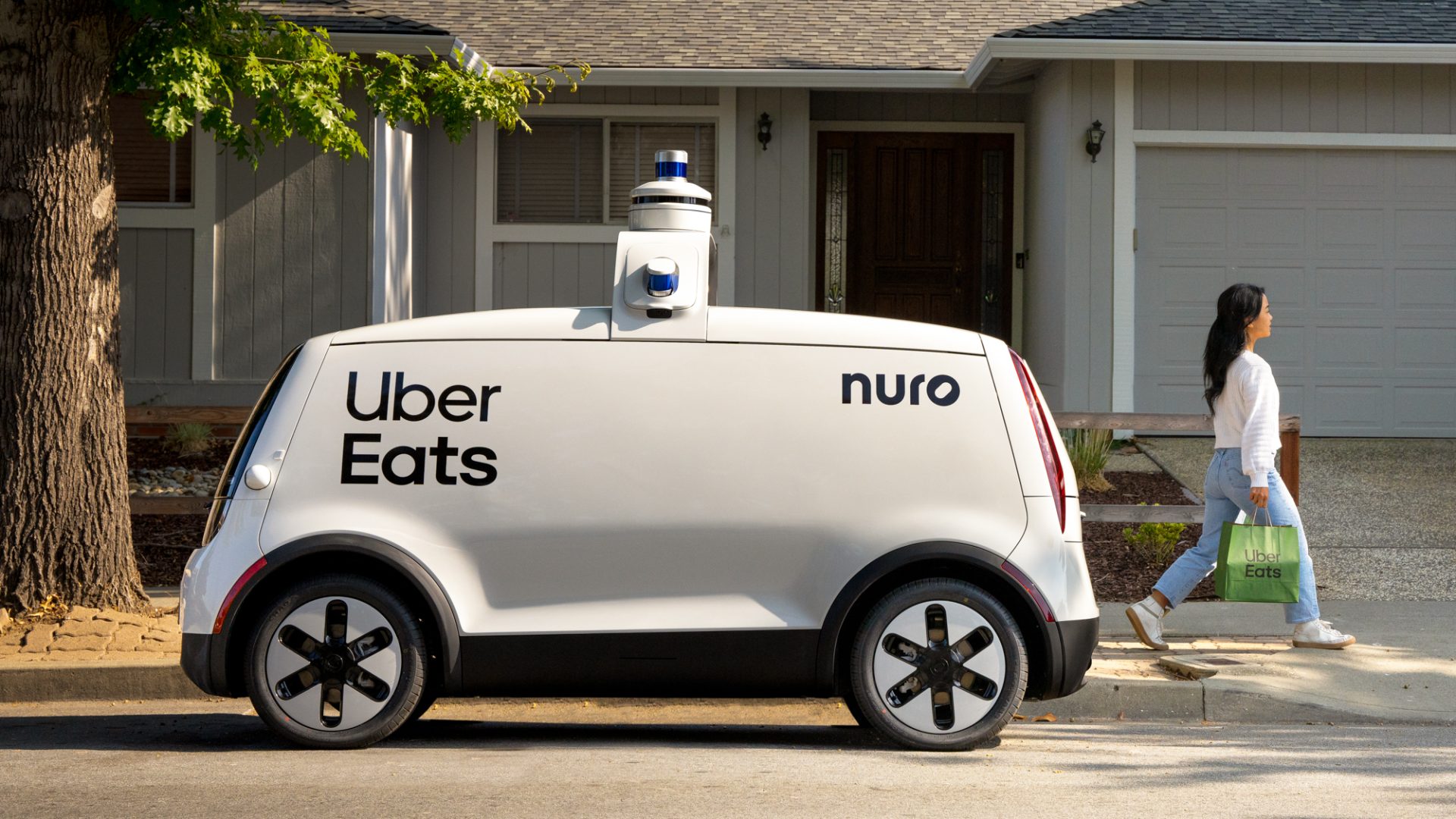Department of Energy Funds Efforts to Support and Expand Americans’ Clean Energy Access
The U.S. Department of Energy’s (DoE) Loan Programs Office (LPO) has announced that it will offer a conditional commitment to Sunnova Energy Corporation’s Project Hestia, which would provide up to a $3 billion partial loan guarantee to help bring distributed energy resources (DERs) to more American households. The program will prioritize households in disadvantaged communities, including Puerto Rico, and those with lower credit scores.
Project Hestia aims to provide clean energy systems to between 75,000 and 115,000 households across the United States, including its territories, over the next 25 years. The project, which comprises solar installations, battery systems, and smart software to reduce energy waste, is expected to avoid around 7.1 million tonnes of CO2 emissions over the 25-year life of the project. The program is also expected to create over 3,400 American jobs.
Sunnova will provide innovative software to accompany the PV and batteries, which will support demand flexibility and allow customers to reduce electricity use when the grid is under stress. The project aims to increase customer origination in communities identified by the DOE as disadvantaged. Sunnova anticipates at least 20% of the loans will assist customers with credit scores of 680 FICO or less, and 30% of Project Hestia customers will have batteries included with their system.
Virtual power plants (VPPs) such as this are aggregated grid-connected DERs such as photovoltaics, battery storage systems, electric vehicles, and flexible end uses combined with communications and control software. VPPs can create a powerful collective tool to deliver affordable power and support grid reliability and decarbonization in an increasingly electrified world.
Other similar programs exist worldwide, including the VPP programs in Europe, which allow households to sell energy back to the grid, and the Australian government’s Home Battery Scheme, which provides eligible households with access to a state-subsidized home battery storage system.
However, Sunnova’s Project Hestia is unique in its focus on disadvantaged communities, and its aim to provide clean energy systems to households that may not have otherwise had access to it. The partial loan guarantee is expected to enable Sunnova to better serve this market.
Disadvantaged communities in the US often have less access to reliable energy sources than more affluent communities. This can result in higher energy bills, less reliable service, and a range of other challenges that can negatively impact residents. Additionally, it is often the case that those in disadvantaged communities live in less energy-efficient homes, which can further exacerbate these problem.
There are many factors that contribute to the energy challenges faced by disadvantaged communities. For example, low-income households may not have the resources to invest in energy-efficient upgrades like solar, home insulation or new appliances, which can make their homes more expensive to heat and cool. Additionally, many disadvantaged communities are located in areas where energy infrastructure is outdated or poorly maintained, which can lead to outages or other service disruptions.
Efforts are underway, however, to address these challenges and improve access to reliable, affordable energy in disadvantaged communities. For example, some states have implemented energy efficiency programs that provide incentives and resources to low-income households to help them make energy-saving upgrades. Additionally, there are advocacy organizations working to promote policy changes and increase funding for energy infrastructure in underserved communities.
Deployment of VPPs is an important step toward increased grid reliability and lower energy costs for American consumers. VPPs have the potential to play a key role in the clean energy transition due to their flexibility in responding to energy demand through the integration of solar and battery storage systems, which decreases reliance on a centralized grid during periods of high demand and power outages.
Subscribe to Our Weekly Newsletter
Enter your email to get the best of Clean Earth Energy straight to your inbox.










